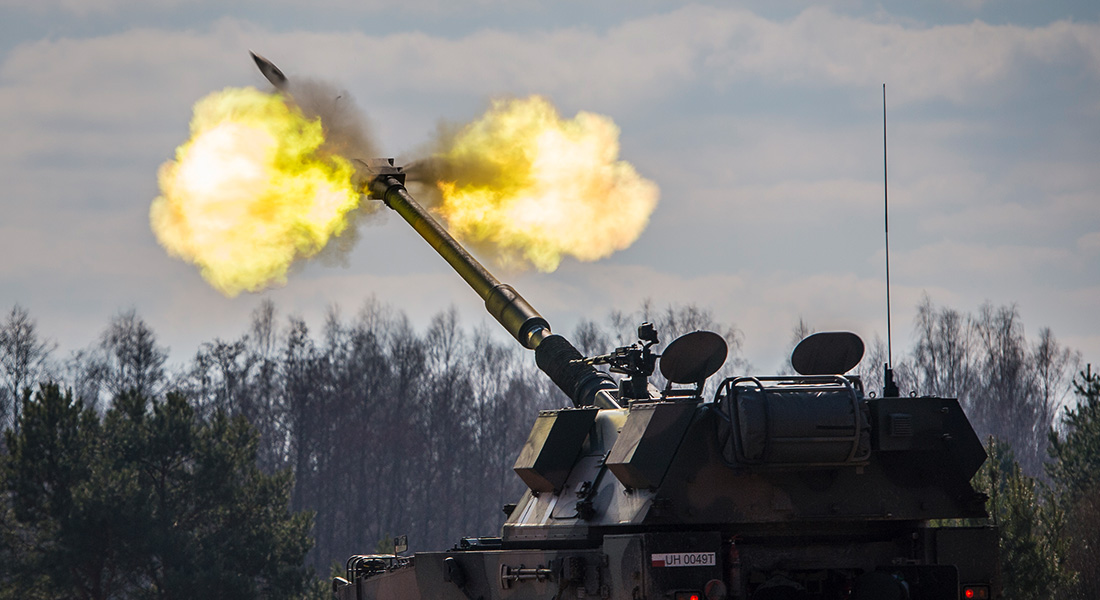At the heart of future air combat, the EPIIC project led by Thales aims to rethink human-machine interaction by using the most advanced technologies to create an immersive environment where the machine supports the pilot. The fighter pilot will be able to supervise and operate a set of platforms, with or without crew, in a highly complex and evolving environment.
The European project Enhanced Pilot Interfaces & Interactions for Fighter Cockpit (EPIIC) aims to identify, develop and evaluate disruptive cockpit technologies that will revolutionize the collaborative air combat of the future. Funded with €75 million from the European Defence Fund, this project, coordinated by Thales, brings together a consortium of 27 manufacturers and research organizations from 12 European countries. [1]

The need to accelerate the OODA loop – Observe, Orient, Decide, Act – and to act with complete discretion, will lead the pilot to become a true strategist, capable of managing the resources at their disposal and of replanning the phases of their mission in flight to ensure its success. The three-year EPIIC project aims to study and develop technological solutions that will improve the strategist pilot’s situational awareness and facilitate rapid decision-making in the most complex situations, while monitoring his or her physiological state.
Thales is at the heart of defence issues in all fields and environments, designing technologies to provide armed forces with superior capabilities, both in terms of platforms and collaborative combat between them. Within the framework of EPIIC, Thales is coordinating the project and focusing its work on two key technologies: helmet sights and the Crew Monitoring System, which monitors the crew’s physiological condition.
- The future helmet sight will have to retain the advantages of previous generations – limited weight, brightness, precision, resistance to ejection – while offering a wider field of vision, superior immersion by day and night, and intuitive display of mission and flight information.
- The helmet will also be able to house biological sensors measuring blood oxygenation, heart rate and brain activity, in order to analyze the pilot’s condition (hypoxia, fatigue, stress, etc.).
We are honoured to lead the EPIIC project, under the aegis of the European Defence Fund, in cooperation with the major European players in industry and research. Together, we have the ambition to combine the best of technologies for the future European fighter aircraft cockpit, the strategic vanguard of collaborative combat.
Yannick Assouad, Executive Vice President, Avionics, Thales
The consortium will also evaluate a virtual assistant solution for the mission commander, taking into account their physiological state, a valuable support in case of cognitive overload, fatigue, stress or tunneling.New displays such as future free-form curved screens, canopy projection of pilot or mission information, and innovative human-system interactions will also be part of EPIIC’s research topics.
Source: Thales news release



